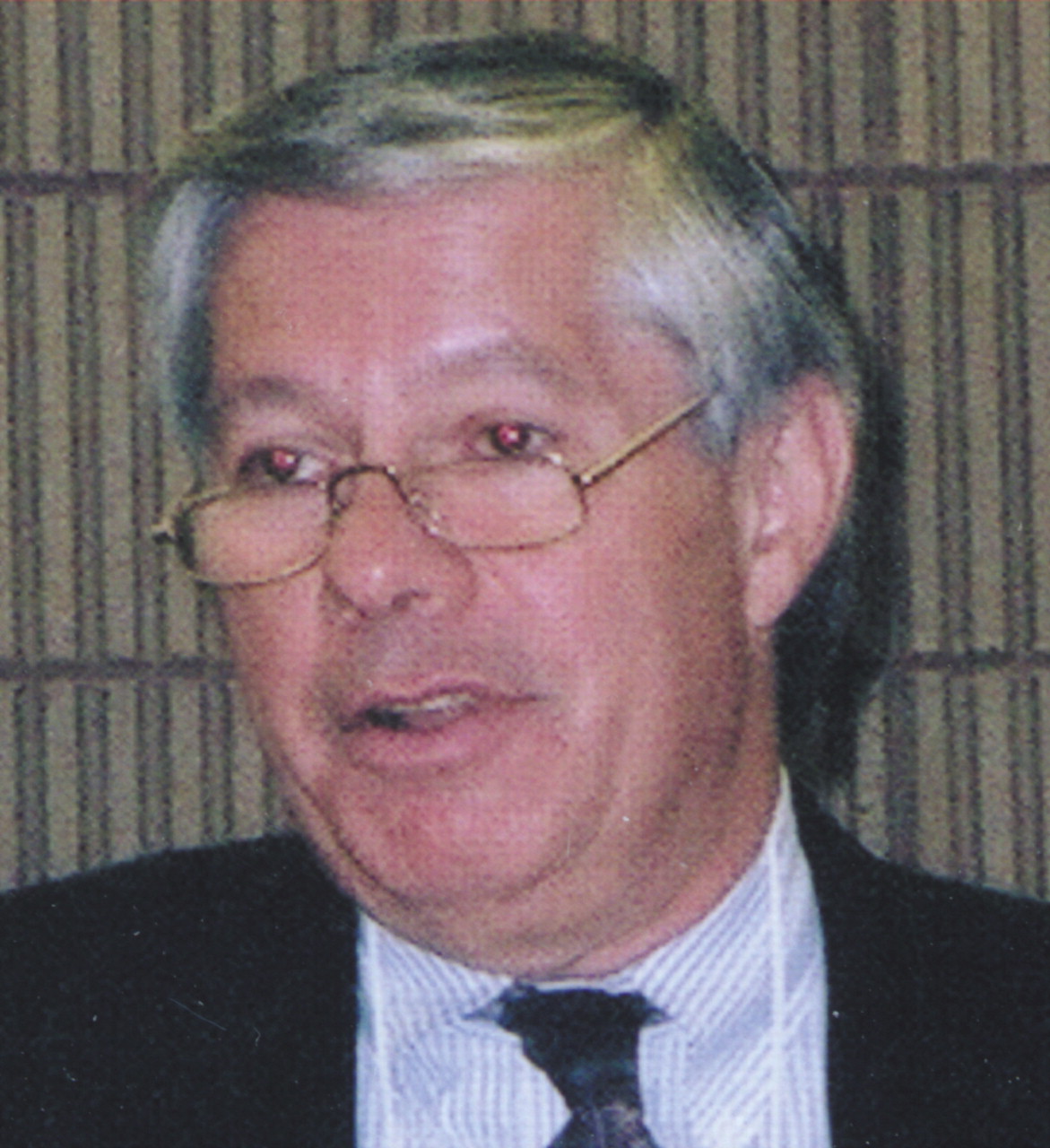Mirin Offers Survival Strategies For New Health Care World
With the advent of managed care in the early 1990s, the head of McLean Hospital employed some basic survival strategies to keep the famed institution afloat.

Steven Mirin, M.D.: “Authority and responsibility can be both a privilege and a burden.”
Mirin, who was the president and psychiatrist in chief of McLean Hospital in Belmont, Mass., from 1988 to 1997, said that in today’s health care environment, changes are often made quickly and can require great sacrifice by those affected.
“We as psychiatrists have had to respond rapidly to a changing health care environment,” said Mirin. “This has challenged us to reconfigure our strategic priorities, philosophies of care, and our budgets and address current and future threats to our survival as professionals.”
Institutional imperatives for change may stem from the need to respond to competitive pressures to improve the quality of service, increase the productivity of staff, or simply to survive financially in a health care environment dominated by managed care.
However, change is always difficult, said Mirin, particularly if there is an absence of a perceived threat and a long tradition of success—sometimes known as doing it the “old way.”
For example, the staff at McLean had a long history of unfettered decision making in which clinicians of various disciplines had the opportunity to exercise their best clinical judgment on behalf of their patients, according to Mirin.
“Understandably,” he said, “they, like clinicians everywhere, viewed the constraints imposed by managed care as unwelcome and unwarranted intrusions.”
In creating organizational change, Mirin said that it is important that staff leadership establish a sense of urgency, keeping in mind the central problem, what is at stake, and who in the institution will be affected.
Another important step is to create a proactive vision and strategy, which means understanding the environment one is operating in. It’s also important to reach a community-wide consensus on the direction for change—a difficult task, Mirin acknowledged.
“Be explicit about what the alternatives are,” advised Mirin, “that is, what happens if you don’t change, such as loss of revenue, loss of reputation, and loss of the institutional mission or the institutional staff.”
He also stressed that it is important to focus both on what the organization can do immediately and in the future.
One element of creating change is building a “guiding coalition” of “lay opinion leaders,” including nonpsychiatric clinicians, administrators, trustees, and patient advocates.
It is also important to recruit staff who have leadership or management skills, as well as a broad range of expertise and varied points of view.
“Leadership matters,” said Mirin. “The leader should personify the values of the organization,” but everyone needs to ask himself or herself, “What do I stand for? What makes me proud to work here? Do I still belong here?,” and then act on the answers to those questions.
While being a leader has its gratifications, it is often a double-edged sword, in Mirin’s view. “Authority and responsibility can be both a privilege and a burden,” he noted.
Psychiatrists may have an advantage in assuming positions of leadership, because they have an enhanced understanding of the grieving process that often accompanies change, as well as of individual and group behavior and transference.
Psychiatrists also know how to motivate people, explained Mirin. Staff are most motivated when they feel as if they are an integral part of a mission, he pointed out.
In citing some lessons learned from his experiences, Mirin said he found it useful to look for ways to create momentum within the organization, label and promptly confront any resistance to change, and “solidify change by investing in programs and people that will continue long after [current leadership] is gone.”
To create momentum for change within an institution, Mirin found several strategies useful. “It helps when a broad spectrum of opinion leaders use their credibility to change systems, structures, and policies that don’t fit the new vision,” Mirin said, “while simultaneously creating new projects and themes that offer a vision of where the organization is going rather than where it has been.”
It is also helpful to “articulate the connections between new behaviors and organizational success,” said Mirin.
He emphasized that institutional relationships are often transient, and “the rewards are in the relationships with people,” but in an organization undergoing change, the leader can’t win everyone over and needs to accept that popularity is not the same as success.
“You have to keep reminding yourself that the goal is to preserve the mission, not only for the current patients and staff, but for future generations,” he stated. ▪



